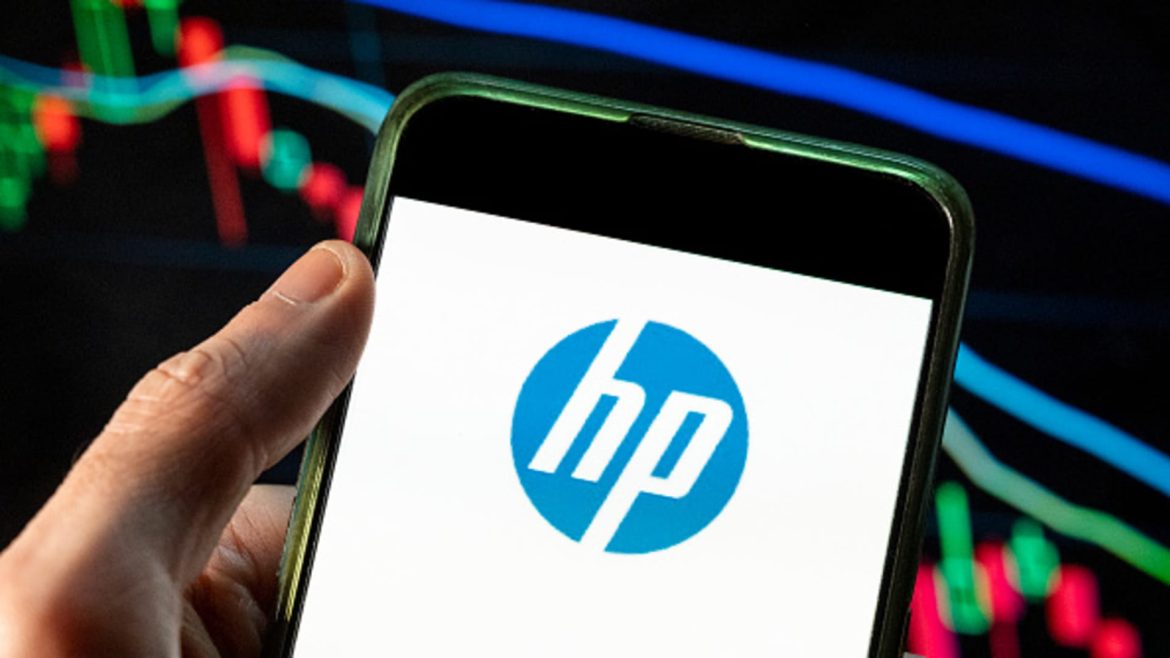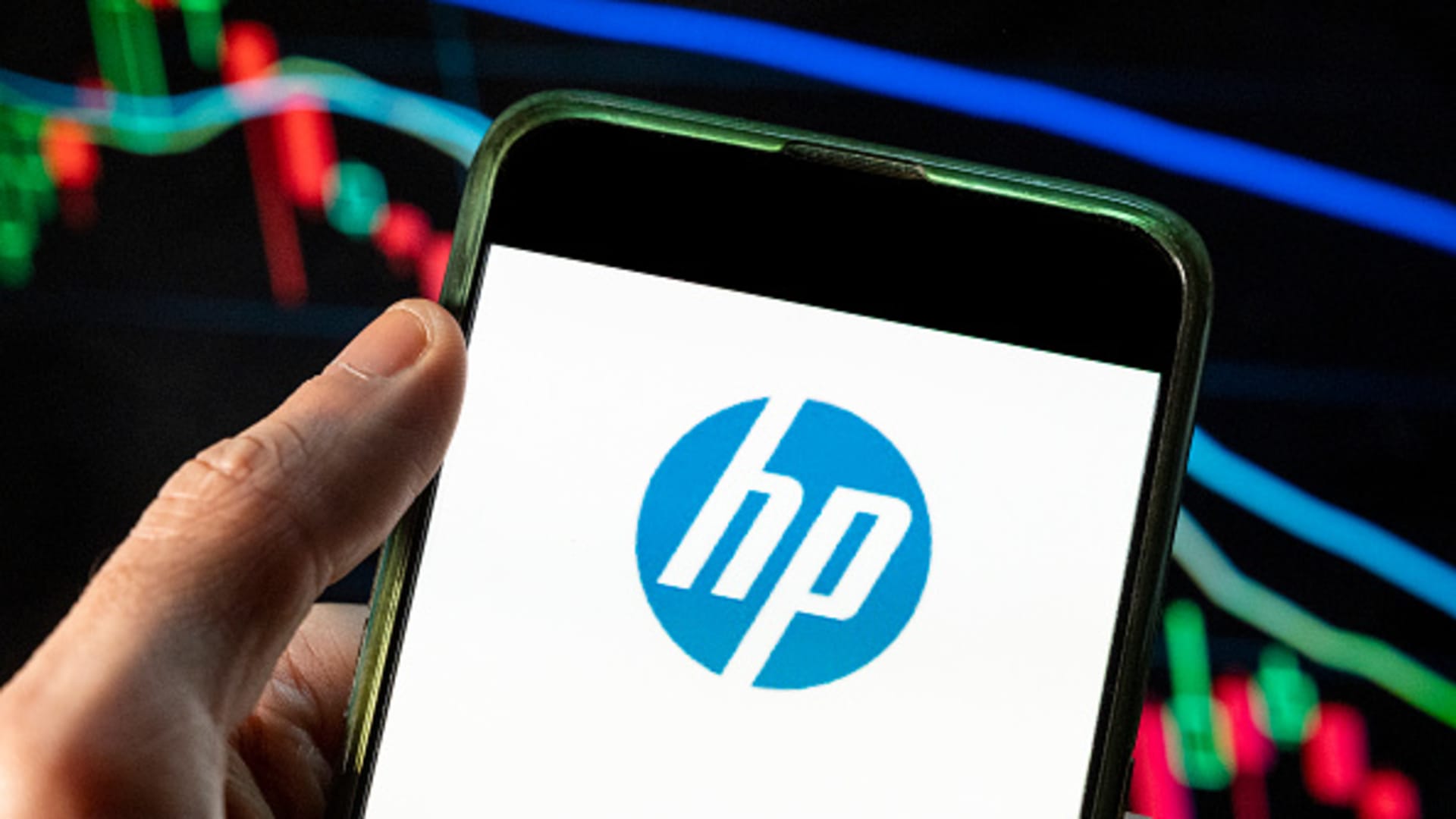HP’s Earnings Miss and Stock Plunge: Decoding the Impact of Tariffs and Corporate Outlook
Hewlett-Packard (HP), a stalwart in the personal computing and enterprise technology sectors, recently experienced a significant stock market setback. Despite surpassing analyst revenue estimates for the second quarter, HP’s reported earnings and future guidance fell short of expectations, triggering a dramatic 15% plunge in share price. This reaction underscores investor sensitivity to the evolving trade environment and HP’s cost challenges, particularly related to U.S. tariffs implemented under the Trump administration. This report unpacks the nuances of HP’s earnings, the tariff impact, and the strategic implications for the company.
—
Earnings Overview: Revenue Beat but Profit Miss
HP reported second-quarter results that, on the surface, appeared solid with revenues topping analyst predictions. However, beneath this positive headline, the company’s earnings per share (EPS) did not meet the anticipated figures. While the diluted EPS stood at $0.93, aligning with estimates, HP’s earnings guidance for the upcoming quarter and full year fell short in investor eyes.
The forward outlook now anticipates adjusted earnings in the range of $3.00 to $3.30 per share for 2025, noticeably below prior estimates of around $3.45. For the immediate quarter, predicted earnings also lagged consensus expectations, fueling concerns about margin compression and profitability pressures.
—
Tariffs: The Principal Driver of Added Costs and Earnings Pressure
Central to HP’s miss in earnings and weakened guidance is the drag created by tariffs on imported goods enacted during the Trump administration. HP’s management explicitly attributed part of the shortfall to “added cost driven by the current U.S. tariffs” and related mitigating efforts.
This tariff-induced cost pressure was especially pronounced in HP’s Personal Systems segment—a core revenue contributor comprising personal computers and related hardware. CFO Karen Parkhill highlighted that tariff-related costs stem not only from the direct tariff expenses but also from increased operational and supply chain costs as HP navigates these trade barriers.
The tariffs have not only incrementally raised unit costs but also altered demand dynamics. Increased prices potentially dampen customer appetite, compounding sales challenges amid competitive market pressures. Additionally, tariffs force companies like HP to recalibrate sourcing strategies or absorb higher input costs, both of which can erode margins.
—
Market Reaction and Strategic Consequences
The immediate market response was sharp and unforgiving. HP shares tumbled 15%, reflecting investor disappointment with both the current earnings miss and the guarded earnings outlook in a challenging macroeconomic landscape. Some reports indicate this decline brought HP stock to multi-year lows, underscoring concerns about sustained tariff impacts and broader demand softness.
Management has also signaled austerity measures aimed at containing cost pressures, including plans to reduce the workforce by up to 10%. Such moves aim to align operational expenditures with the reality of a more expensive supply chain environment and smaller profit margins.
This scenario puts HP in a delicate balancing act: managing cost inflation, preserving innovation and market share, and restoring investor confidence. The company’s ability to mitigate tariff impacts through supply chain adjustments or cost efficiencies will be critical in the near term.
—
Broader Industry Context and Competitive Landscape
HP’s difficulties resonate within a wider technology sector grappling with trade uncertainties and supply chain disruptions. Other major players, including Hewlett Packard Enterprise, reported similar tariff-induced cost issues and adjusted earnings forecasts. This environment has forced industry-wide cost restructuring and cautious demand outlooks.
Moreover, contrasting company performances in the tech space—such as Salesforce’s strong results and upbeat forecasts—highlight divergent outcomes based on business models and market segments, intensifying investor focus on companies’ adaptability and tariff resilience.
—
Conclusion: Navigating Tariff Turbulence and Rebuilding Investor Confidence
HP’s recent earnings reveal a company caught in the crosshairs of geopolitical trade conflicts and operational cost inflation. The negative reaction from the equity markets illustrates how tariffs can ripple through corporate profitability and investor sentiment, particularly in hardware-dependent businesses with complex global supply chains.
For HP, the path forward will hinge on strategic cost management, supply chain innovation, and restoring stronger earnings momentum. Investors will closely watch how effectively HP can absorb and adapt to tariff-induced headwinds without compromising competitive positioning or growth initiatives.
While the immediate future appears challenging, HP’s entrenched market presence and management’s proactive steps offer avenues for recovery. This episode also emphasizes the broader lesson for tech companies: geopolitical risks such as tariffs are potent variables that must be integrated into financial planning and operational strategies as the global economic landscape evolves.





